bèi
quilt, cover
Phonosemantic compound. 衤 represents the meaning and 皮 represents the sound.
Evolution

Bronze script
Late Warring States (~250 BC)
Seal script
Shuowen (~100 AD)
Clerical script
Eastern Han dynasty (25-220 AD)Regular script
ModernDefinitions
bèi
passive indicator 'by'; bedding; quilt; by; (indicates passive-voice clauses); (literary) to cover; to meet with; (coll.) (since c. 2009) used before a verb that does not accurately represent what actually happened, to describe with black humor how sb or sth was dealt with by the authorities (as in 被自殺|被自杀[bèizìshā])
Sources
